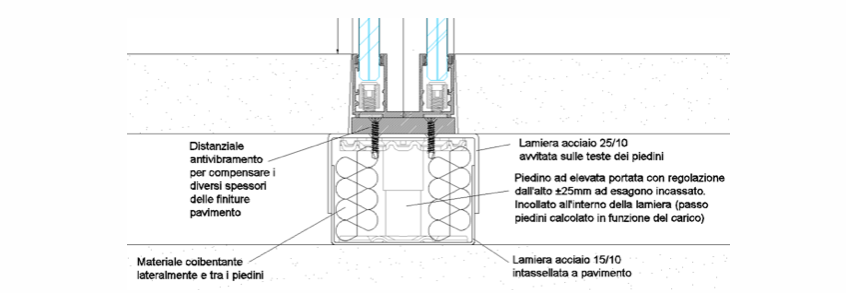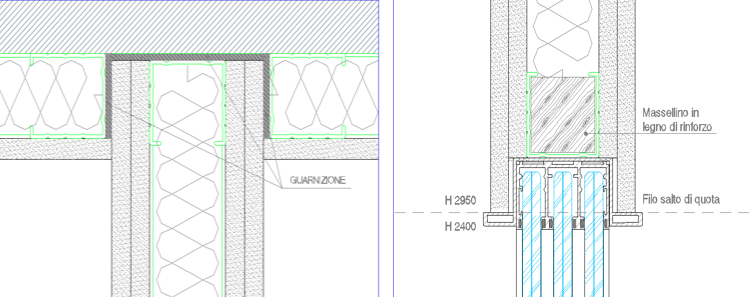
Why is the sound insulation of a partition wall always lower than the effective sound insulation of the installed wall? To find an answer, we ask this question to Ezio Rendina -an engineer who has been working in the field of acoustics and vibration since 30 years– founder of VIVA Consulting, an accredited company for acoustic certification of buildings.
Often, talking to the managers after moving to new offices, I found a kind of disappointment about the sound insulation levels of the partition walls.
What can be the causes of this gap between the declared performances and the real ones?
“My first consideration i -answers Ezio Rendina -is that the acoustic project was probably executed by the supplier of the products. I regret to say it, but often there is a bit of lightness by the designers relying not on a specialist but on acoustics solution suppliers“.
Can you explain to us in a simple way what the causes may be?
“First of all it would be better if the Rw values (soundproofing power) were certified by an accredited laboratory and not only guaranteed by the supplier.
Moreover, continues Rendina, these values indicate the “pure” performance of soundproofing power of the wall provided in the laboratory, but not the real ones of the installed wall”.
Why the values of laboratory tests and reality don’t match?
“When the wall is installed three things happen, explains the engineer Rendina:
- The wall certified in the laboratory is dimensionally different, despite having the same stratigraphy as the wall installed on site. The laboratories, following the ISO certification standards, must test small walls. Of course a larger wall responds differently than a smaller one.
- When the wall is installed, the apparent sound-insulating power (R’w) is obtained. It obviously suffers from any problems that the sound energy can do; for example, the noise that creeps through the air conditioning, through the corridor doors and from the rooms outside the wall.
Therefore, R’w <Rw, always and in any case. How many dB? It depends on the acoustic project and the care in its implementation. - But finally, we however, perceive the difference in noise between the two rooms; or the acoustic insulation (D) which, rather complex to explain, is almost always less than R’w.
The theme is certainly complex and cannot be summarized without the risk of trivialization, but Ezio Rendina is available for further information.



















